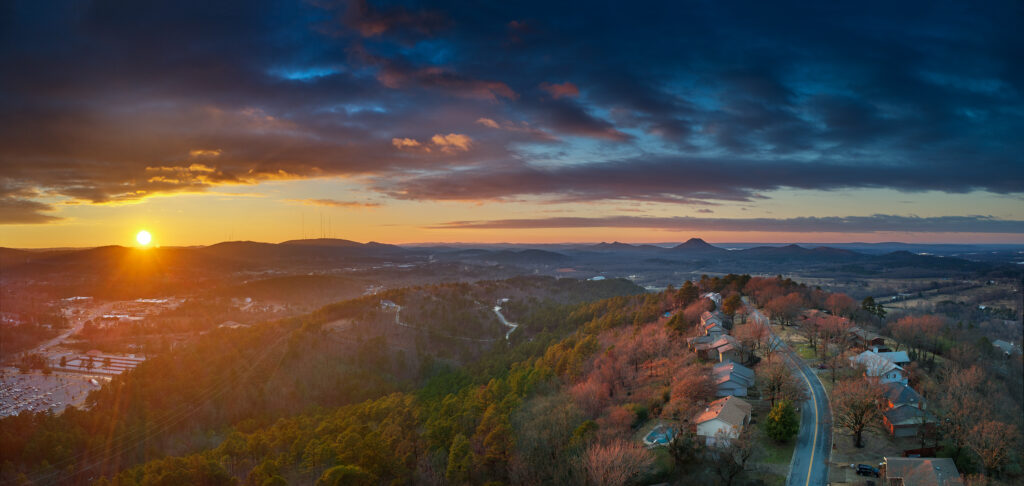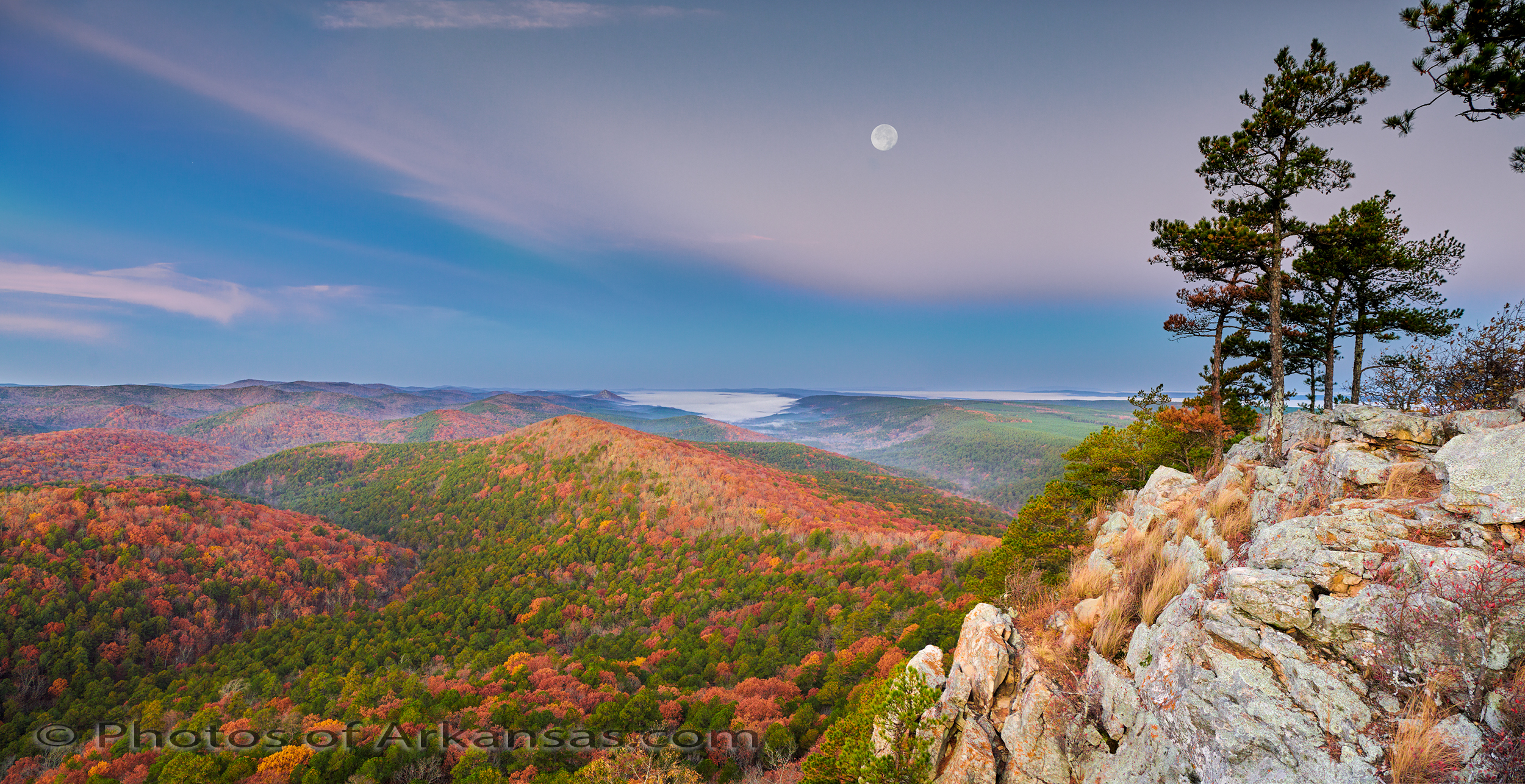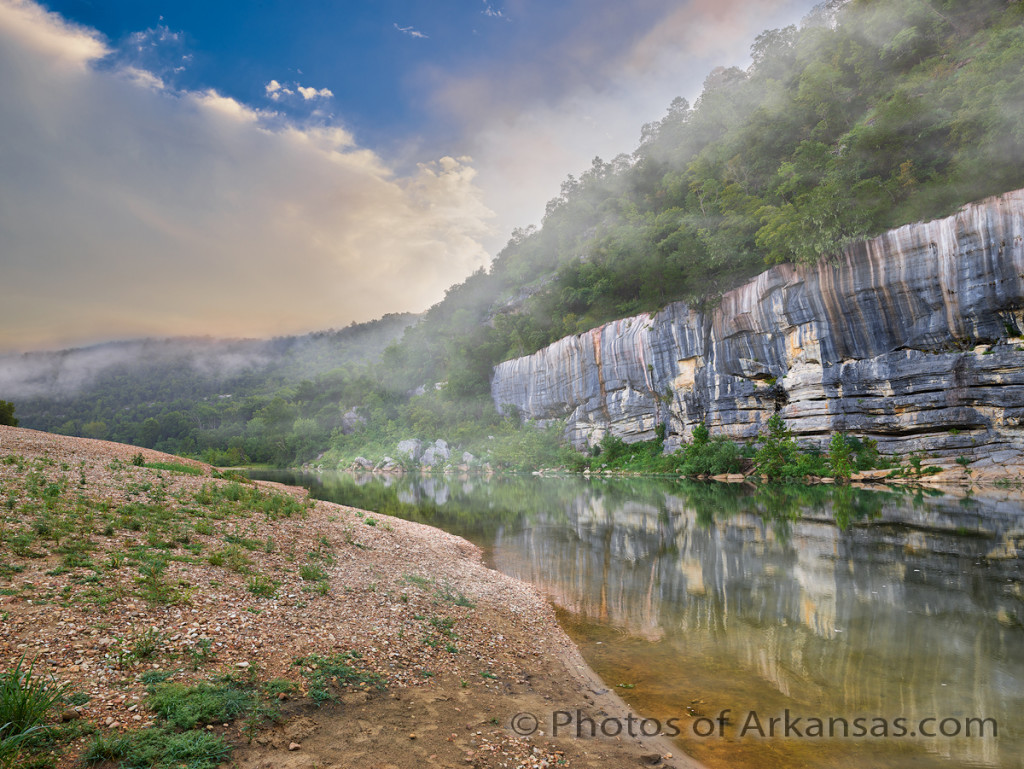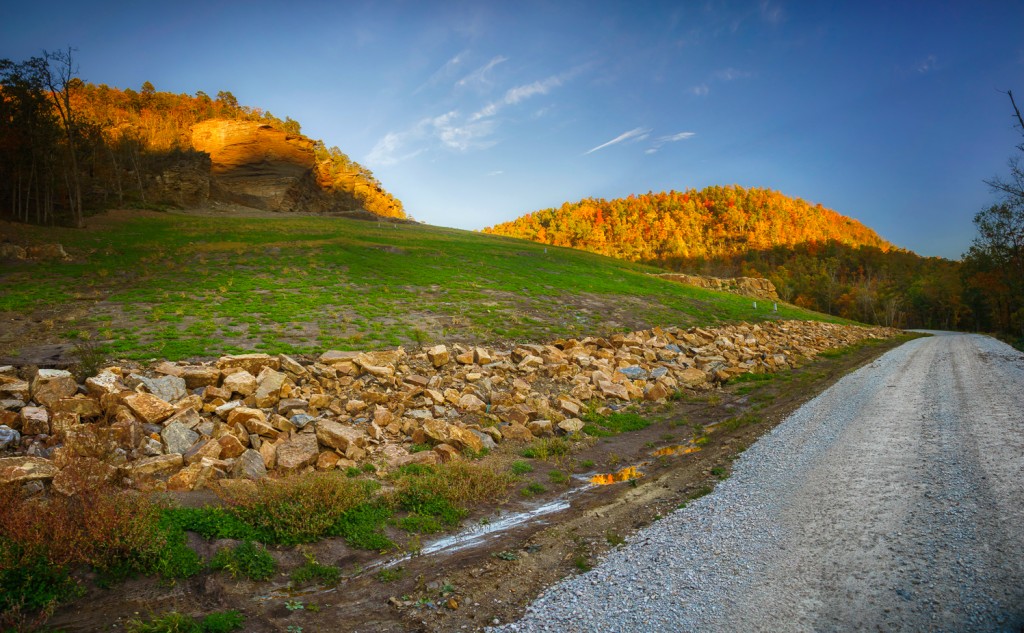
There are times that the best view of a particular subject is from the air. With the use of a drone, I was able to capture this sunset in several separate images, then combine them into one single image. The dynamic range of the files is limited, so I chose to use exposure bracketing of 5 shots per image, then combining several of the single files to create one image.
The problem with a drone is that you have to be very careful when shooting into the sun as it’s very easy to totally blow out your highlights. This image was taken with a DJI Mavic 2 Pro, which has a 20MP sensor, but the sensor is nowhere near the same quality as a 35mm camera with 20MP or 24mp.
The other problem that can occur is drift, during the series of images. Even in a quick 5 shot bracket the drone can slightly drift and thus the file will not line up perfectly. If this occurs, then it’s best to use load the needed files into Photoshop, as layers, and then use the “align layers” feature. This will usually allow for a close enough alignment so you can proceed with the work.
Using a drone often gives a much better perspective overall and I always try to have a drone with me in the woods.







Recent Comments